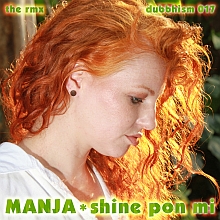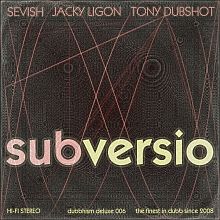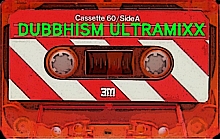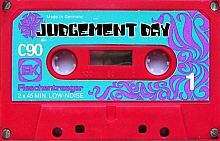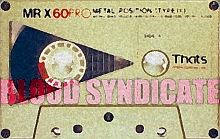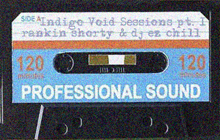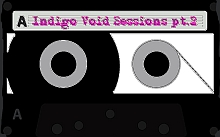
When the French one-man company Twisted Electrons shipped it's first batch of SID-based TherapSid synths in the fall of 2014, some users experienced 'stuck notes' and MIDI-trouble but Alex seemed to react swiftly and accurately. And so, by january 2015 the € 399,- for a TherapSid (with 6581 chip, or € 333,- without) seemed a justifiable investment. Long story short: the monster has matured quite a bit.
The Dubbhism studio is already full of gear. We don't need a lot of new stuff, we don't check every shiny new toy launched at NAMM to satisfy consumerist musicians with too much money and too little time. But when we saw the TherapSid, we fell for the sheer amount of knobs and buttons on this nice piece of SID-based 8-bit gear.
While these buttons feel less reliable than the ones on a product by a bigger company in the same price range, they are good enough for a niche-product. The build quality is typical for a small company. It's a plastic box, not really 'built like a tank' and the photo on the website looks more glamorous than the real thing, but it's good enough (although one wooden panel from the reviewed box has 'fallen off').
Minor problems
For specs read the manual. The TherapSid does everything that's promised in the manual, but there are minor things that could be explained more clearly. For example, the retrigger function of the LFOs only works if you use MIDI channel 1, which triggers all three voices simultaneously. Same thing with the Step Modulator. Also, selecting multiple waveforms for one voice can only be done via MIDI control messages, making operation less flexible than hoped for. And you have to guess the jacks for output and input (for the filter).
Don't expect resonance to make a big difference in the sound of the filter if you use the 6581 chip. Also the MIDI response is about 99% accurate, almost 100%. You sometimes need to tweak a button to 'wake up' a parameter, but if you feel that's a big problem, you probably shouldn't be looking for a product like this in the first place. Now and then you might also miss a waveform or something, and you'll have to do a MIDI reset or turn the power off/on to get it back.
The TherapSid comes with custom programming software, which is ok if you don't have a decent interface for MIDI-instruments in your favorite DAW... but we will not use it, as the TherapSid has full MIDI-control implemented, allowing more custom control in a regular DAW. And yes, there's an iPad app-version of the programmer, but who would want to control a musical instrument with a f#$%ing iPad??
Niceness
You can assign LFOs to knobs with one push of a button, which is nice. But the resolution of the LFO is too rough for a smooth PW-modulation. This has to be done using MIDI control. You can also make a sequence of 'snapshots' of knob positions using the 16 step sequencer / modulator. Creating an arpeggio, or any other kind of 'stepped' effect is really very easy. Firmware updates (the last one from 5th january 2015) should also be simple via MIDI sysex.
Conclusion
If you only use gear that's 'built like a tank' this one isn't for you. If you're an 8-bit freak and a knob-lover you'll probably need this thing. It's easy to use, and stimulating. The LFOs are great, the step sequencer is a very nice touch, and the sound is exactly what you want (but depends on the quality of the chip of course).




